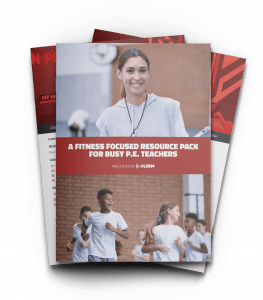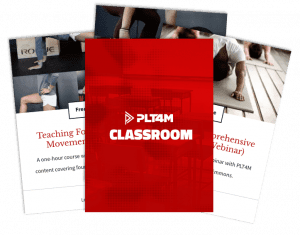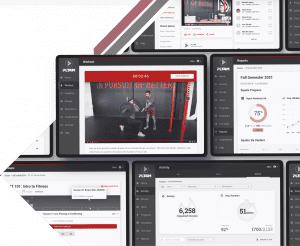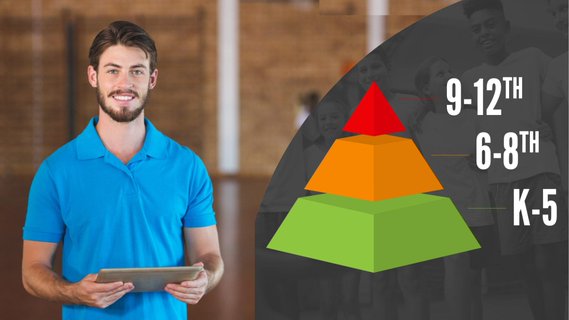Evidence based practices in education are becoming increasingly important in the world of physical education (PE). As teachers and administrators strive to create the best learning environment for their students, evidence based practices provide a reliable and effective method for improving student outcomes. This article will discuss the various evidence based practices in education and how they can be applied to PE.
What Are Evidence Based Practices in Education?
In the world of education, we see a lot of different “evidence based” buzzwords that can become confusing to decipher. The long list of terms includes:
Evidence-based practices
Evidence-based teaching
Evidence-based education
Evidence-based interventions
Evidence-based instruction
But, when it comes to evidence based practices in education, we can try to simplify what it is we are talking about,
“Cook, Smith, and Tankersley (2012) define evidence-based practices (EBP) as practices that are shown to be effective through the high-quality researcher to meaningfully improve student outcomes. Simply put, EBPs are practices that are supported by a strong high-quality evidence base that have seen effects that positively impact students.” – Vanderbilt University – Special Education Resource Project
Long story short, education research leads to research findings that use data and evidence to show the effectiveness of a teaching strategy. Later we will look more closely at examples of evidence based practices in education within the world of physical education and fitness.
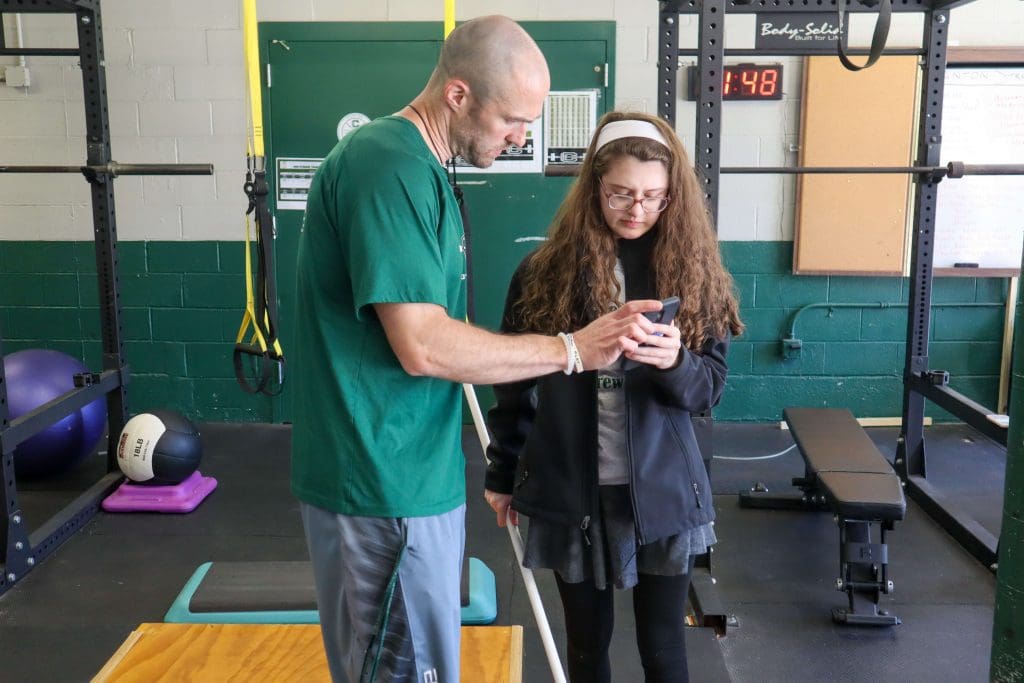
Best Practices vs. Evidence Based Practices in Education
Another buzzword used in the world of education is “best practices.” But “best practices in education” are not always synonymous with “evidence based practices in education.”
A best practice might be a new popular teaching practice or something a teacher has found to work in their personal experience. And while things might be popular or trending teaching strategies, that doesn’t guarantee they actually positively impact learning outcomes.
All of this isn’t to say that many of the best practices in teaching aren’t backed by educational research. Still, we need to be mindful of our terminology when considering our educational practices.
Evidence Based Practices in Education – The World of PE
Let’s take a closer look at evidence based practices in education and how they relate to physical education. Physical education, as defined by Shape America, is just like any other subject in school,
“Physical education is an academic subject and serves as the foundation of a CSPAP and, as such, demands the same education rigor as other core subjects. Physical education provides students with a planned, sequential, K-12 standards-based program of curricula and instruction designed to develop motor skills, knowledge and behaviors for active living, physical fitness, sportsmanship, self-efficacy and emotional intelligence.”
Therefore, we want to align the goals of physical education with the evidence based practices in education. While we could pull from countless studies we have gleamed a few from over the last years below. In addition, we encourage you to check out this large review of countless research studies from National Library Of Medicine.
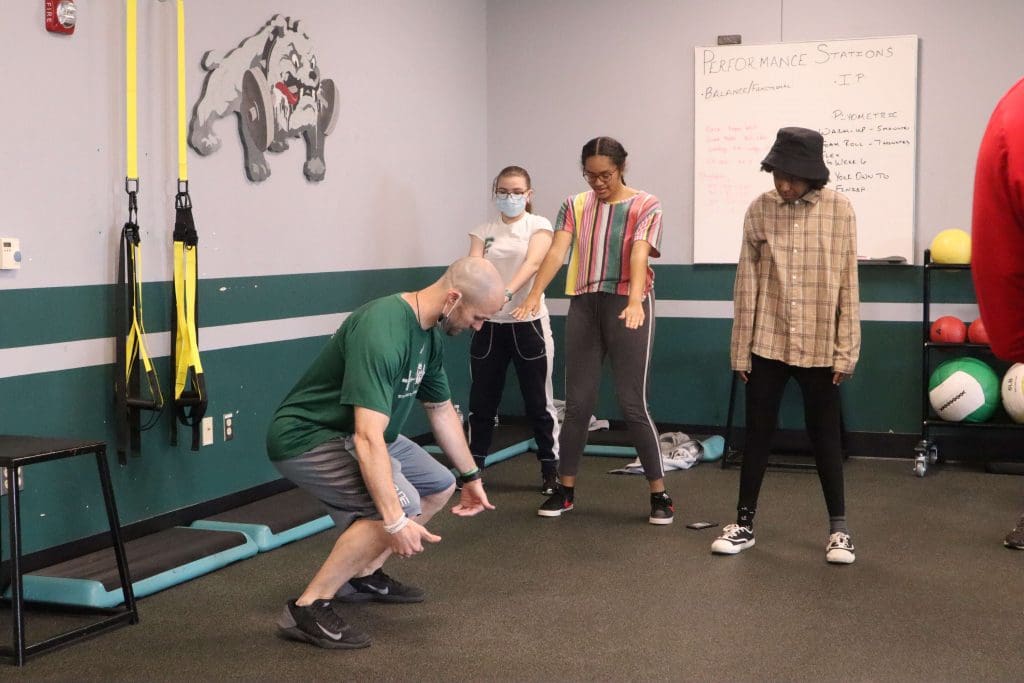
Physical Activity and Child Health
First, let’s all understand the high-level educational research supporting the need for children’s physical activity. Studies have long indicated that regular physical activity for children has a wide range of benefits. And these aren’t new and debated studies. In fact, we have been conducting research studies on the impact of physical activity and child health dating back to the early 1900s.
Let’s look at one study from 1984 by Roy J Shepard. His synopsis includes states,
“Clinicians should direct greater attention to positive health, with particular reference to the role of physical activity, in optimizing the well-being of a child. Vigorous physical activity slows maturation, particularly if there is associated energy imbalance or emotional stress, but it does not greatly affect body size.
Well-designed exercise programmes enhance the immediate physical, psychomotor and intellectual attainments of a child. Long term health benefits depend on a continuation of the physical activity. Internal motivation and the creation of positive attitudes are thus important.
Acute illness is not prevented by vigorous exercise, but it has a favorable effect on the course of many chronic diseases. There are certain risks, including physical injury, psychological stress, and (occasionally) cardiac deaths, but in general, an exercise regimen enhances well-being, favoring the balanced development of a child.”
Evidence based physical activity for school-age youth
Fast forward to 2005, Strong et al. conducted a systematic literature review of over 850 articles to review the effects of physical activity on health and behavior outcomes for youth. The results and conclusion highlight the power and importance of physical activity for youth,
Results: Most intervention studies used supervised programs of moderate to vigorous physical activity of 30 to 45 minutes duration 3 to 5 days per week. The panel believed that a greater amount of physical activity would be necessary to achieve similar beneficial effects on health and behavioral outcomes in ordinary daily circumstances (typically intermittent and unsupervised activity).
Conclusion: School-age youth should participate daily in 60 minutes or more of moderate to vigorous physical activity that is developmentally appropriate, enjoyable, and involves a variety of activities.
When it comes to evidence based practices in education, here is a clear connection with structuring and supporting youth with quality physical activity options via physical education.
Physical Activity and Mental Wellness
Beyond just the benefits of physical activity and exercise on health, there is also relevant evidence pointing to the connection between physical activity and mental health.
Sibley conducted a study that showcases the positive impact that a physical activity (PA) program had on student mental health,
“Results indicate that the PA program significantly improved child and adolescent ability to cope as well as their intrinsic motive to exercise. In addition, the PA program significantly reduced self-reported depressive symptoms. Qualitative analysis indicates that social supports and enhanced self-efficacy resulting from physical activity engagement and sessions are key factors associated with program outcomes.”
But what is also important to pull from these findings is the link between support and guidance in the long-term impact of physical activity in youth. When it comes to evidence based practices in education, this is a clear call to action for structured physical education and teaching.
Free Fitness Lessons For P.E. Classes
Looking to branch out from the traditional games based P.E model? These 24 ready to go lessons can help!
Different Types of Physical Activity and Fitness
Mostly, these studies highlight the why behind fitness and physical activity. But as the term evidence based practices in education indicate, we also need to think about the HOW and WHAT. If we know that physical activity and exercise can promote student achievement and learning, what steps do we need to take in our teaching strategies to enable it?
Many people use the five components of physical fitness to help drive the goals of physical education. These include:
1) Body Composition
2) Flexibility
3) Muscular Strength
4) Muscular Endurance
5) Cardiorespiratory Endurance
But research findings indicate that more than training these is needed for long-term health and wellness. Instead, we must also think holistically about nutrition, sleep, hydration, and other life habits. Therefore, we must think critically about what evidence based practices in education can help create positive student outcomes.
Here is where we must turn to other types of education research that will help us bridge that gap between high level evidence based practices in education and how they relate to physical education.
Read More From Sean Fullerton
As part of our on-going pursuit to link evidence based practices in education to the world of physical education, we have turned to Sean Fullerton. Sean Fullerton is a former secondary physical education teacher and current Ph.D. student at the University of New Mexico in the Health, Exercise, and Sports Science Department
Sean has helped to connect evidence based practices in education both to physical education and the use of technology and curriculum like PLT4M. Check out some of Sean’s articles that help illuminate and highlight evidence-based teaching strategies for physical education:

More on PLT4M
PLT4M is passionate about student learning in physical education. And PLT4M believes in creating educational interventions that support all students pursuit positive outcomes in physical activity and exercise.
All of our programs are designed to create a comprehensive physical education curriculum that is aligned to evidence based practices in education and exercise. Our team of instructors have created content and curriculum that teach and develop skills for a lifetime of fitness. In addition, they pull from strong evidence that links different types health and wellness to different types of fitness like strength training, yoga, dance, mobility, fitness, and more.
For example, one of PLT4M most popular units is Intro To Fitness. Here our teachers can introduce basic fundamental human movements and key components of exercise that set students up with a strong foundation for long-term success. Check out a sample from our Intro To Fitness program where Sam Breslin introduces the air squat for the first time.
Professional Development For Evidence-Based Practice
Don’t go at trying to find evidence based practices in education alone! At PLT4M, we offer a full slate of professional development opportunities for physical education teachers. Through these professional development options, physical education teachers can fine tune their teaching methods and align them to effective practices in teaching fitness. Learn more!
Free Professional Development For PE
From full courses to on-demand webinars, tap into the PLT4M classroom for continuing education opportunities for physical education teachers.
Key Takeaways on Evidence Based Practices in Education
This article might have left you with more questions that answers!
Is what I am doing already considered an evidence-based practice? Is there something I should be doing to change by teaching practice?
Long story short, evidenced based practices in education are important, but shouldn’t stop you in your tracks when planning a new semester. Less than 30 years ago, there were a lot of educational methods that continued to be carried out without question (especially in PE). In the years that have followed, science and established research has begun to become the basis by which educational practices are informed.
It’s an exciting time to learn and teach, a time when the proof is in the results and evidence is everything. PLT4M is here to help you take an evidence-based teaching approach with quality curriculum and technology!
Ready to Learn More?
Schedule a free 10 minute consultation to see how the PLT4M system can help save you time, and empower student learning!

